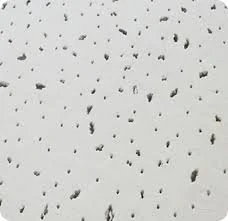Oct . 04, 2024 19:27 Back to list
Suspended Ceiling T Grid System for Enhanced Acoustics and Aesthetic Appeal
Understanding the Suspended Ceiling T Grid System
The suspended ceiling T grid system is a popular architectural feature used in both commercial and residential buildings. It serves as the underlying framework that supports ceiling tiles, lighting fixtures, and HVAC systems, creating a clean and functional overhead space. This system plays a crucial role in modern construction, offering a range of benefits including aesthetics, acoustics, and practicality.
Understanding the Suspended Ceiling T Grid System
One of the primary advantages of the suspended ceiling system is its versatility. Ceiling tiles can be made from various materials, including fiberglass, metal, and mineral fiber, allowing for creative design choices. These tiles can also be selected for specific properties, such as sound absorption, fire resistance, and aesthetics, making it possible to tailor the space to the specific needs of the occupants. For instance, in office environments, acoustic ceiling tiles can help reduce noise and improve overall comfort.
suspended ceiling t grid system

Additionally, the suspended ceiling T grid system significantly contributes to energy efficiency. The space between the structural ceiling and the suspended ceiling can be utilized for insulation, which helps in regulating indoor temperatures and reducing energy costs. Furthermore, the system accommodates energy-efficient lighting solutions, including LED fixtures that can be easily integrated into the grid layout.
Installation of a suspended ceiling system is relatively straightforward, making it an attractive option for builders and contractors. The lightweight materials involved in this system allow for efficient handling and quick setup, minimizing labor costs and downtime during construction.
In conclusion, the suspended ceiling T grid system is an essential component in modern building design. It offers a practical solution for enhancing the functionality and appearance of interiors while providing flexibility in design and installation. Whether used in offices, retail spaces, or homes, this ceiling system remains a preferred choice for architects and builders alike.
-
Durable Ceiling T Grid Systems | Easy InstallationNewsAug.29,2025
-
PVC Gypsum Ceiling: Durable, Laminated Tiles for Modern SpacesNewsAug.28,2025
-
Pvc Gypsum Ceiling Is DurableNewsAug.21,2025
-
Mineral Fiber Board Is DurableNewsAug.21,2025
-
Ceiling Tile Clip Reusable DesignNewsAug.21,2025
-
Ceiling T Grid Modular DesignNewsAug.21,2025







